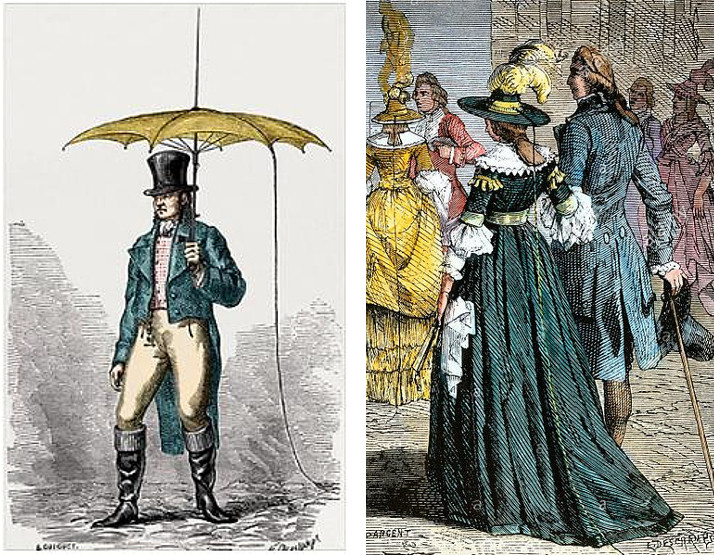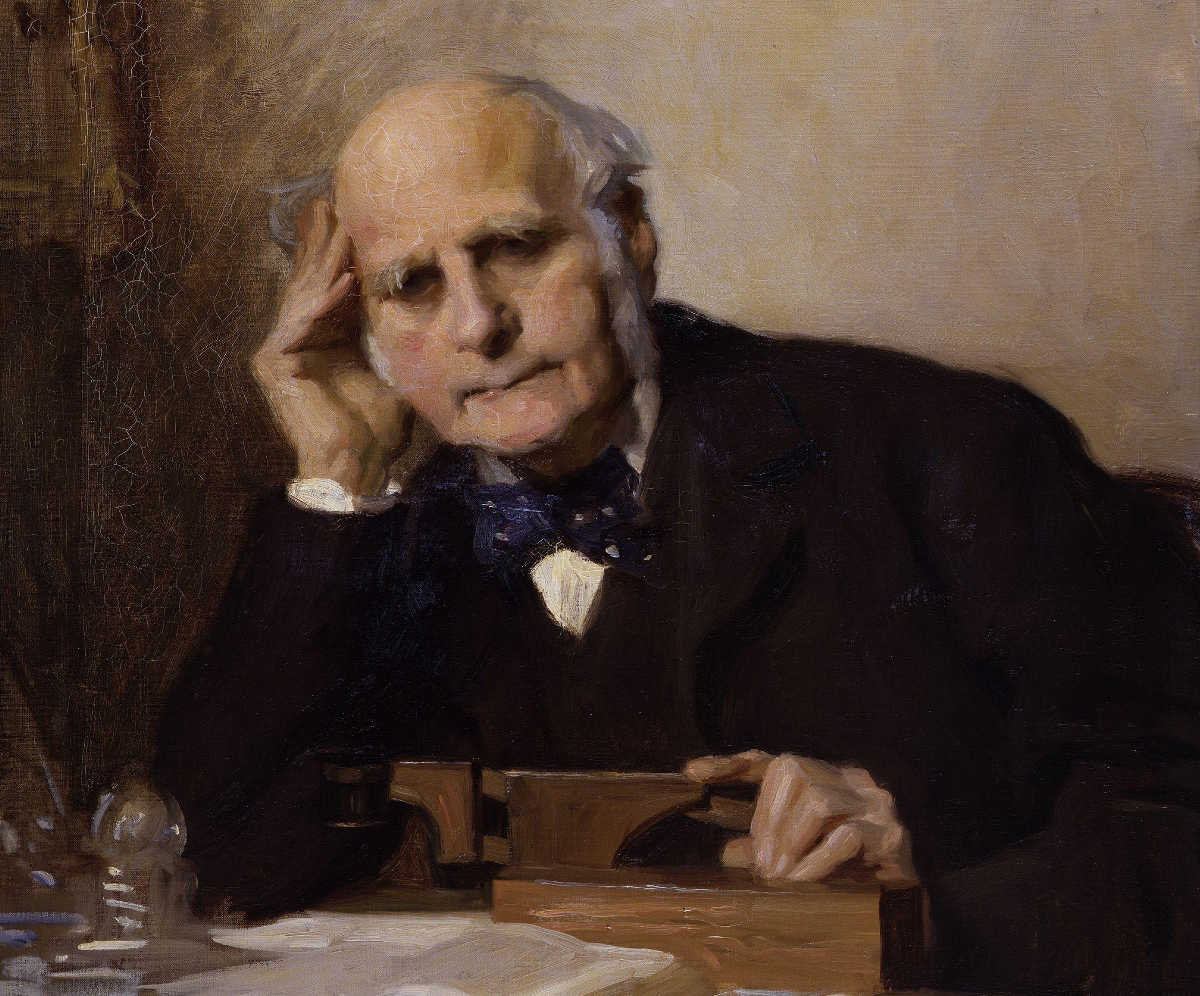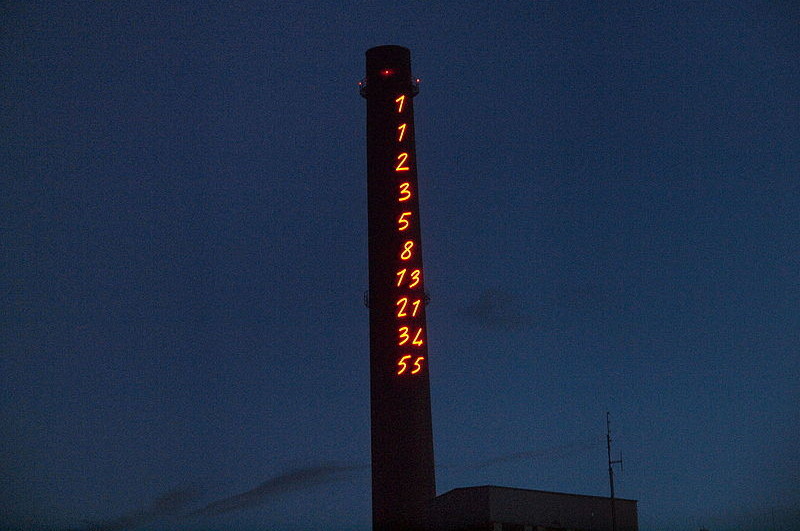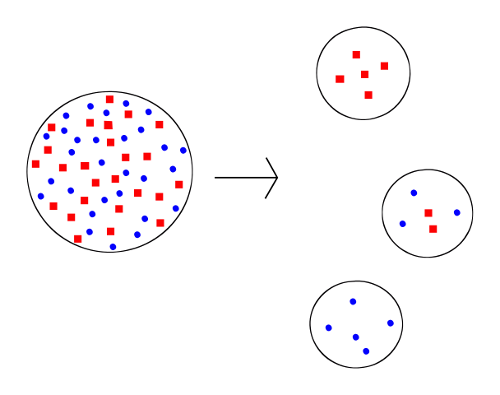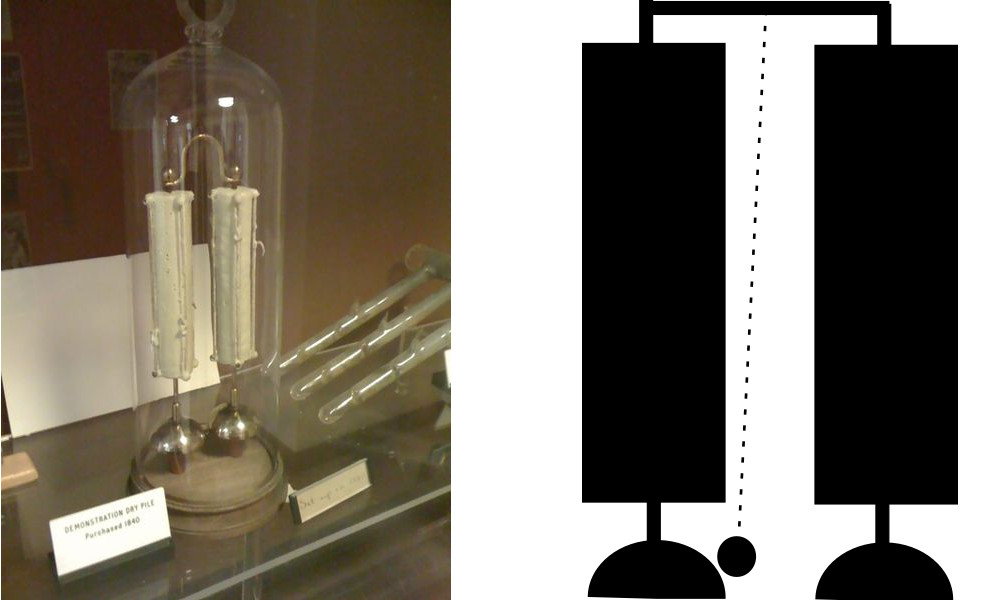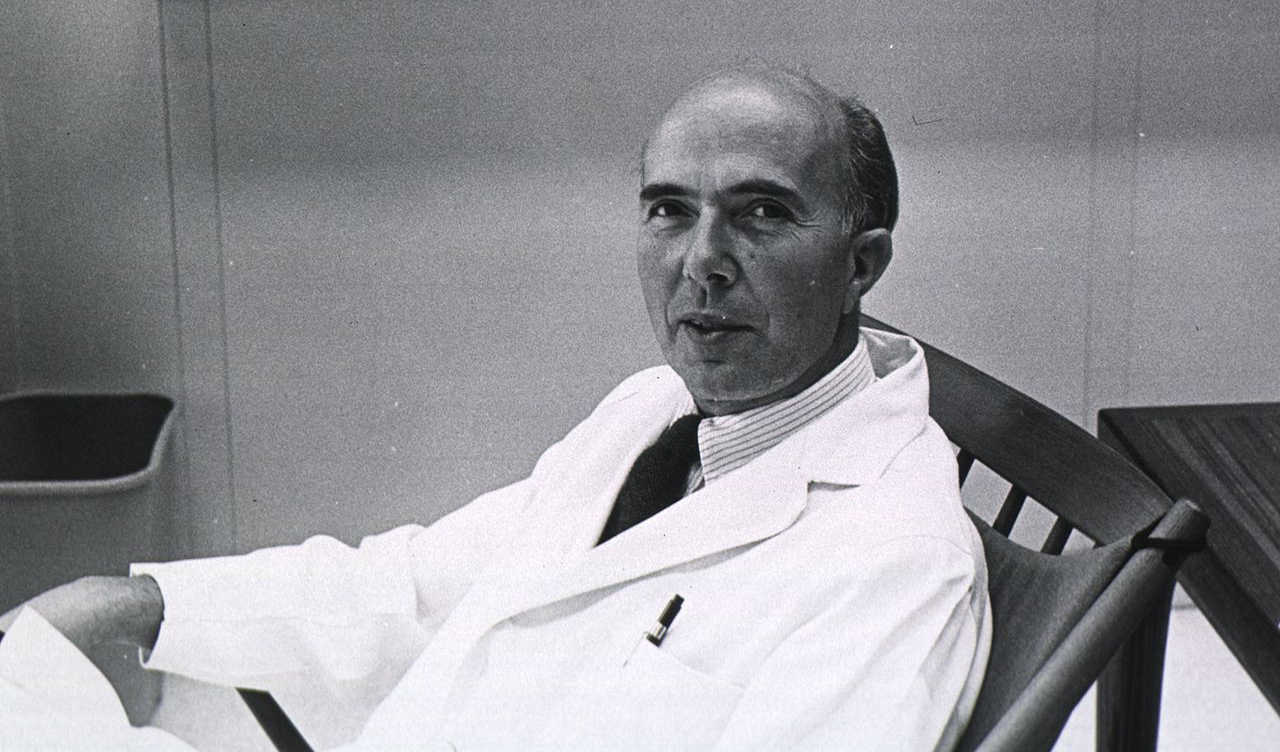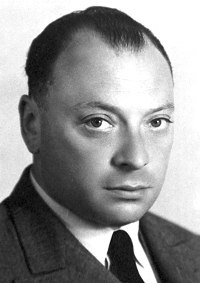
In The Roots of Coincidence, Arthur Koestler mentions that the participants at a 1932 conference on nuclear physics put on a parody of Goethe’s Faust in which Wolfgang Pauli played Mephistopheles. “His Gretchen was the neutrino, whose existence Pauli had predicted, but which had not yet been discovered.”
MEPHISTOPHELES (to Faust):
Beware, beware, of Reason and of Science
Man’s highest powers, unholy in alliance.
You’ll let yourself, through dazzling witchcraft yield
To weird temptations of the quantum field.Enter Gretchen; she sings to Faust. Melody: ‘Gretchen at the Spinning Wheel’ by Schubert.
GRETCHEN:
My rest-mass is zero
My charge is the same
You are my hero
Neutrino’s my name.
There’s more here, including a link to the original script (in German).


